
Total Football Journeyman: Libero Search and The Tactical Creative Spine
Looking back through the long history of football, there is one position that has become virtually extinct. Almost. Luckily it still lives on in the Football Manager franchise. I am talking about a role of a centreback that sits back and sweeps up balls played in behind the defence. Then on the offensive he charges forward as a deep-lying playmaker. Called “libero” in Italian and made famous by players like Gaetano Scirea, Franco Baresi and Ronald Koeman. The following article will give a little insight into tactics that employ a libero. But mainly it’s a chronicle of my ongoing search for a suitable libero in my latest FM campaign. For, as some of you will agree, it’s not easy to find a good libero (especially one that doesn’t cost 100 million euros) at the start of any Football Manager save. But there are some things that make this search easier.
Libero – Historical Background
While the libero position is widely credited to the genius of the Austrian manager Karl Rappan in the 1930s, it only became famous in the 1960s due to the tactics of innovative Italian managers like Giovanni Trapattoni. In Italy, the country with which libero is most often associated, the word means “free”. “Free” position is a perfect description of how the libero in his central position behaves.
Many of the famous Italian liberos did not even start out as defenders. For instance, one of the best-known liberos, Gaetano Scirea, began his career as an attacking midfielder. He later embraced the libero role by taking his midfielder skillset and combining it with centreback’s defensive responsibility. But he did not play as a simple defender (nor as a fullback) most of the time.
Incidentally, Scirea’s playing style is what we associate with libero now. His play for Juventus, under manager Giovanni Trapattoni inspires us still today when we remember Catenaccio or Zona Mista. Scirea defied the Dark Arts reputation of Italian defenders of his time. He showed that football was not all about physicality and “dirty” tactics. Instead, he was one of the most creative and elegant players to play in the centreback position.
Without resorting to the ruthlessness, that Italian defenders were infamous for, Scirea elevated the role of the libero with his sportsmanship and pure class (he never earned a single red card throughout his career). This was due to his impeccable technique, vision and above all else, ability to read the game. Libero’s role transcended the centreback traditional role of just passing the ball long and quickly to other players. That is to players who could do something with the ball. Scirea instead became such a player for Juventus.
Italian liberos like Scirea and Baresi became like deepest playmakers, players who could do something magical with the ball. They could instinctively read the field around them, realizing where the ball needed to go and direct it there. That is to truly dictate the game. And that is why the role of libero is unique in football and Football Manager. It is the role you need to build the rest of the tactic around.
It was long believed that any player in the centreback position should primarily focus on the task of defending. Then libero came around and broke this expectation. It became even more apparent as the role gained popularity among other European clubs and managers. Take the case of German National team and Bayern legend, Franz Beckenbauer, another great modern examples of a libero. Beckenbauer (also one who began his career as a midfielder) would start from his centreback position and would move up the field to play essentially as a very deep playmaker. His hard work for German National team during 1970s resulted in numerous successful counter attacks. He started counters flawlessly due to his unique combination of elegant passing, vision and dribbling. Exactly the skillset one requires from a good libero.
Ever since, many famous defenders followed or mimicked the example set by Franz. The aforementioned Dutch European Championship winner and Barcelona legend Ronald Koeman was definitely one of them.
Libero Role Requirements and Total Football in FM22
Yet despite its success in the 1960s and 1970s, the libero position has widely been abandoned in the modern game. The widespread adoption of the 4-4-2, 4-3-3 and 4-2-3-1 formations meant the three-men defence became redundant. And the sweeper position went with it. Even with the emergence of the modern 3-at-the-back systems under managers like Antonio Conte in recent years, it seems that the actual position of the libero isn’t going to appear for another while thanks to the more modern development of deep lying playmakers. The have the brilliance of Andrea Pirlo to blame for that. Yet the importance of a libero to some tactical systems cannot be denied. Especially in possession-focused tactics where you are trying to build up elaborate plays from the back. Which brings us back on the topic of Total Football and Ronald Koeman’s contribution to Johan Cruyff’s Barcelona Dream Team.
One cannot deny the importance that the legendary Dutch defender played for Barca team in the 1990s. And his role was so much more than a simple defender. Koeman, always a very composed player on the ball, played as both a defender and as a midfielder. He frequently played as a sweeper/libero, mainly due to his excellent vision and dribbling ability on the ball. Regarded as one of the best and most prolific attacking central defenders of all time. This was especially evident because of his eye for goal. Long renowned for his long-range passing, shooting accuracy and his powerful kicks from distance, Ronald mastered the art of a free kick. He still holds the title of the top-scoring defender in world football! Not to mention Barcelona’s top scoring defender.
At Barcelona, Cruyff had Koeman mostly playing in the sweeper/libero hybrid role in the 3-4-3 formation. His was essentially the central focal position in a three-men defence. As a key element of Cruyff’s innovative 3-4-3 Diamond formation, Koeman played an important role in creating the diamonds between defence and midfield. The diamonds contributed to maintaining superior passing angles around the opposition. Cruyff’s Barcelona became synonymous with building attacks from the back and patient possession style of play. This couldn’t have been possible without a libero.
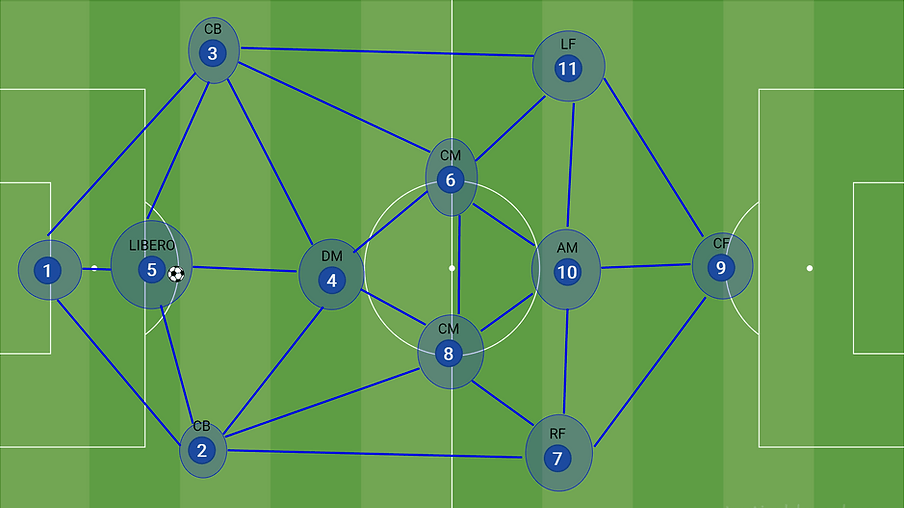
Johan Cruyff’s Barca Dream Team was simply too good in their ability to pass around any opposition. To mirror the legendary Ajax team of the 1960s-70s, Cruyff crafted a team comprised almost exclusively of highly-technical players. Total Footballers in almost every position. And the position of the libero was one of, if not the most, technically-demanding ones.
As an excellent passer and dribbler, Ronald Koeman suited this role perfectly. As a middle CB he was positioned further back from the two outermost CBs to facilitate his ability to receive the ball from the goalkeeper and to act as the first playmaking outlet. The reason this tactic worked so well was because the outside CBs were actually natural fullbacks and comfortable shuttling into wide areas. This way a diamond could form rather easily between the three centrebacks and the defensive midfielder (usually young Guardiola). The DM was “the pivot” role that was there to maintain tactical structure as the system rotated around him. As a result, the two more advanced central midfielders had more freedom to join in the attack.
The system wouldn’t have functioned as well as it did if the team was not indoctrinated in the total fluidity philosophy that Cruyff preached since his playing days in Holland. This meant that Barca’s various players and roles were relatively free to rotate, swap sides and generally interchange positionally. Also the tactic required a very creative sort of centre forward. A forward that could play as “false nine” quasi-attacking midfielder as he often moved back to be a part of the build-up play.
In fact, the whole central spine of the tactic was made up of some pretty exceptional creative players. The names like Laudrup, Bakero, Guardiola and Koeman still ring loud when one talks about examples of creative players in football. Each one of the four was an archetype of one creative playmaking role. Michael Laudrup as a creative deep-lying striker par excellence – “False 9”. Incidentally, it was the role that Cruyff perfected during his playing days at Ajax and Barcelona. Jose Mari Bakero was definitely the best supporting attacking midfielder. He definitely excelled at stringing one-twos together as well as scoring a few goals as a shadow striker. Then you had the young Pep Guardiola bossing the midfield as a deeplying playmaker.
Johan Cruyff’s tactics were a thing of elegant beauty and fine-tuned synchronicity. Finally, there had to be a counter-balance to the creative power of Laudrup at the head of the formation. Ronald Koeman in the libero role was that counter-balance.
For the Total Football to flow vertically the plays had to start with the playmaking centreback Koeman and end with the playmaker in the guise of a striker that was Laudrup. It was a rather simple concept, stack all of your most creative players vertically in four strata and then let them do their thing. There was only one natural direction that the ball could go with the four playmakers directing it. Naturally, playmaking players tend to see most of the ball and they have the skill to control it well. So if you want the ball to end up in the opposition goal then why not make a straight line of your best passers pointing up in this direction? So how would this idea work in the virtual tactical testing ground of Football Manager 2022? Lets find out.
From False 9 to Libero – FM22 Tactical Experiment
In my current FM22 save with Villareal, I feel like I have achieved all I could with the current tactical system and group of players. It’s 2026 and we have not won the league yet. Most definitely Champions League glory eludes us also. BUT the team has consistently challenged the traditional Madrid/Barcelona monopoly in LaLiga. The proof of that is in the back to back 2nd position finishes. And in Europe we also were quite competitive, moving into Knockout Stages consistently. Finally, I’m most proud of longest running Spanish Cup record of 3 trophies in the row. My tactics have not changed much in the last 5 years with this team. So something at least seems to be working. At the same time we are stagnating. We are missing a certain kind of tactical magic to bring us to the next level.
For most of the save, I have gravitated towards a pretty basic fluid vertical tiki-taka tactic. One that allowed me to take the most advantage of the players that I started with. That is my strong Target Forward (Fer Nino), speedy wingers (Samuel Chukwueze and Arnaut Danjuma) and the traditionally utilitarian, tall centrebacks like Pau Torres. No liberos in the Yellow Submarine squad, unfortunately.
While I do love using 6foot4 Fer Nino as a human battering ram to break down parked buses, it’s starting to get somewhat boring. There is only so many header goal highlights one can watch in a single match.
You want to guess how many of Fer’s three goals were headers? Haha, I won’t even say it.
Also, despite the effective football and the prolific scoring (Fer set the new Villareal record in 2024-2025 with 36 league goals), I started looking for more beautiful style of football. I was missing the Total Football that I loved to recreate so much in FM20 and FM21. And I know it is very possible in FM22 too. You just need the right kind of set-up.
When I look to create a new tactic (or modify an existing one), first thing I do is to look whether I have suitable players to plug into tactic’s key roles. And if not then the process of development and/or recruitment begins. In this case we are looking for four very creative players to fill the roles of the tactic’s “creative spine”. We will need a False 9, Attacking Midfielder (possibly Trequartista or Shadow Striker depending on the available player), DLP (deep lying playmaker) and of course, libero.
Lets start with a False 9. It is definitely not a player that my team has. While we have some very good strikers, they are mostly in the Target Forward (Nino) or Complete Forward (Moreno) mold. And the two prospective youngsters that we have developing with the B team are also more suitable to develop into CFs. Meaning that they can become players with a good balance of physicality and creativity but not exceptional in either. And to fill the coveted False 9 role we really need an exceptional creative player to match Cruyff’s vision for the striker role. So the search begins!
I filtered my scouting and recruitment parameters to match the attributes that I believe to be key to the role. And it brought me to a couple of promising youngsters. With our available transfer funds we can only select one this season, so I really needed to narrow down the search to a single best candidate.
As you can see above, I chose this player because he has a very appealing distribution of attributes. Especially in someone so young and with about 75% of his potential still unrealized. Some of his standout attributes are the ones connected with his mobility on and off the ball. Things like Dribbling, Agility, and Off The Ball are already good enough for to make him a difficult player for opposition defenders to come up against. But to be able to be a good False 9 he needs football intelligence to know quickly what to do with the ball. And how to control it to make the best possible pass. Here his First Touch, Technique, Passing, Composure, Decisions, and Vision play a key role.
Finally, Bacas’ top Flair is an overarching attribute that connects his intelligence with his physical abilities. He will be smart enough to know when fancy tricks can make a difference and will have the physical ability to successfully pull off such tricky plays. Essentially, he looks like a playmaker in the striker position that we need. Because that’s what you will need for False 9 role.
Theoretically, if he develops to his fullest potential without any injuries or other training set-backs, this kid could gain another 3-4 points in his role’s key attributes. That could make him into one of the best future False 9s. Maybe not on par with Messi at his prime but still world-class level. To help him realize his potential, Leandro Bacas will be joining us in the summer after he plays out the rest of the season with his home club in Argentina. At this point I do not want to rush his development. And it might actually help him develop better since he is playing regularly for Racing Club’s First Team.
But the delay will also allow my future libero prospect Antonio Henriques, who is further from prime time, to catch up in his own development.
Like my previously-mentioned Argentinean wonderkid, this Portuguese kid has loads of unrealized potential. Most importantly, his best attributes are already mostly the ones that he requires for his creative role. But once he is at Villareal, after a season or two of more specific role training, he should start to approach, if not exceed, the level of my current “placeholder” libero.
Another Argentian, Juan Foyth, is more of a creative ball-playing defender than a true virtuoso deep playmaker. He does the job right now but rarely creates anything truly magical.
So with the two roles, False 9 and Libero, the rest of my tactical concept is starting to take shape. The other two roles in our “creative spine” are not as important as the two pivots that cap both poles of the tactic. Nevertheless, AMC and MC still need to be technical, creative and intelligent enough to contribute productively to the vertical movement of the ball from defence (libero) to attack (false 9). Thus to say that they are not important is perhaps an understatement. It’s just that I have not completely decided on their roles within the system.
Hopefully using creative playmaking types in these two roles will channel the ball towards the middle. To this end I am not using playmaking roles per se as I don’t want them to act too much like ball magnets and stifle the verticality of our attack. The instruction to play through the middle combined with “play out of defence” and “work ball in” will hopefully help us to achieve this nevertheless.
The main feature of the above system is the interplay that I am trying to achieve between the inverted wing backs and the mezzalas. I ask them to change positions tactically. That is while the mezzalas move out wide with the ball, the inverted wing backs should cut inside to take their place in the midfield. This should create a variety of passing options for our libero. I am still in the process of testing this tactic so not completely settled on some of the roles and duties. For example, I am thinking that the duty for IWBs might need to be changed from Support to Defend to make them less prone to make risky dribbling runs as they are prone to do sometimes. For now I instructed both of them to dribble less.
Other personal instructions, are “play wider” on the mezzalas and “hold position” on our CM(S). And that is about it. If you wish to test the tactic yourself, here is the download: https://ufile.io/iv8pe5q6
On that note, I will end this before I start to ramble on too much. Keep an eye out for my future articles to see the results of this tactical experiment. Thank you for reading! If you enjoyed this write-up, then please follow us @ Dictate The Game’s Facebook, Dictate The Game’s Twitter and myself on twitter.
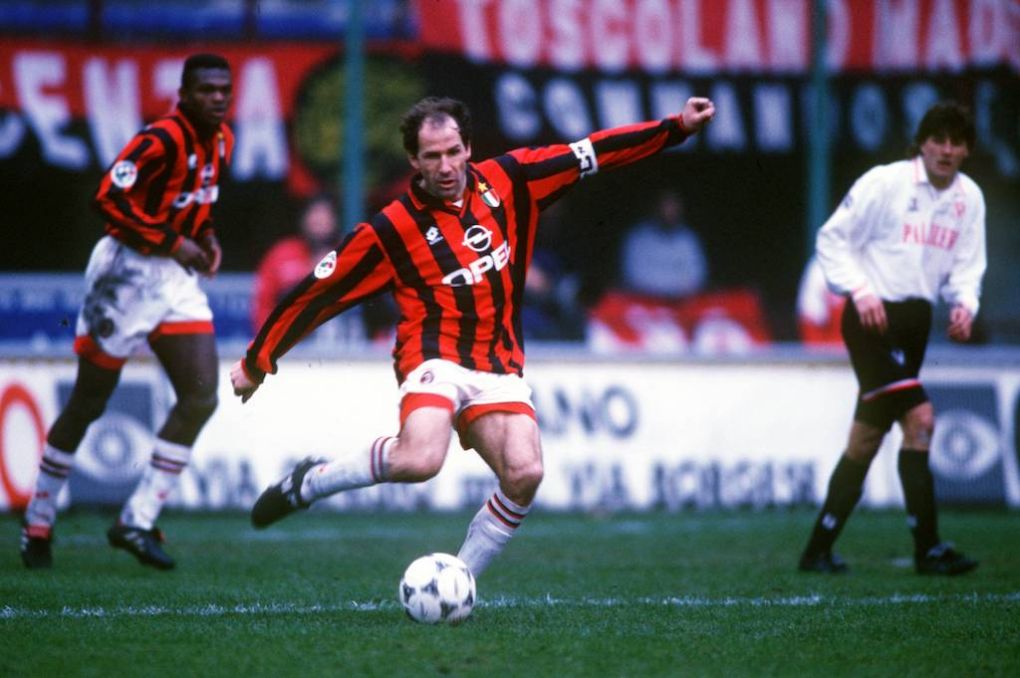
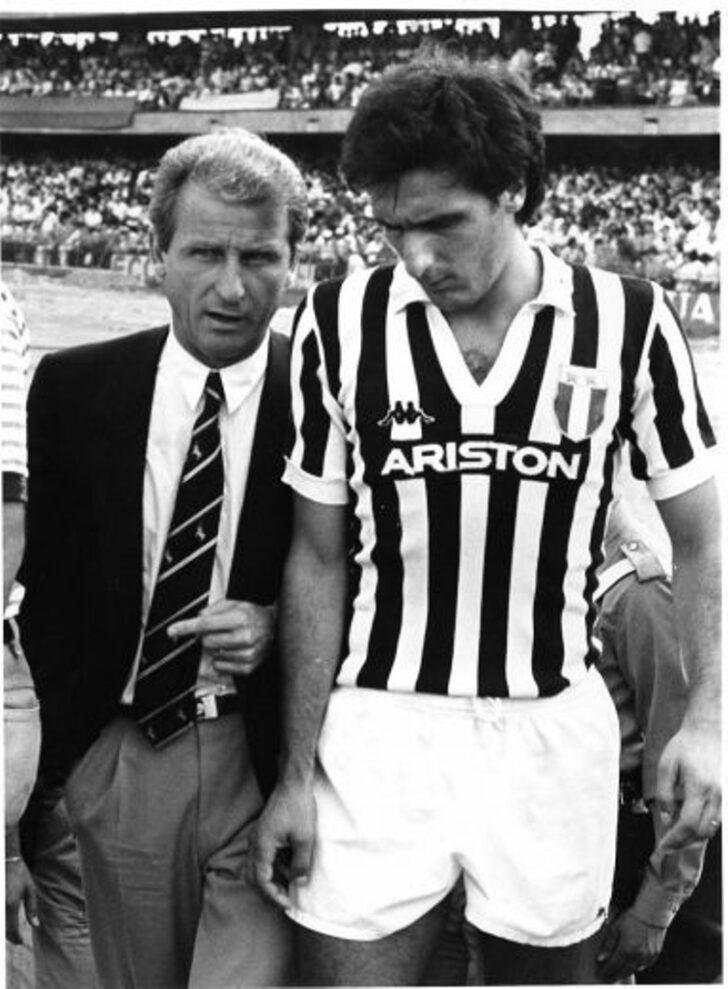
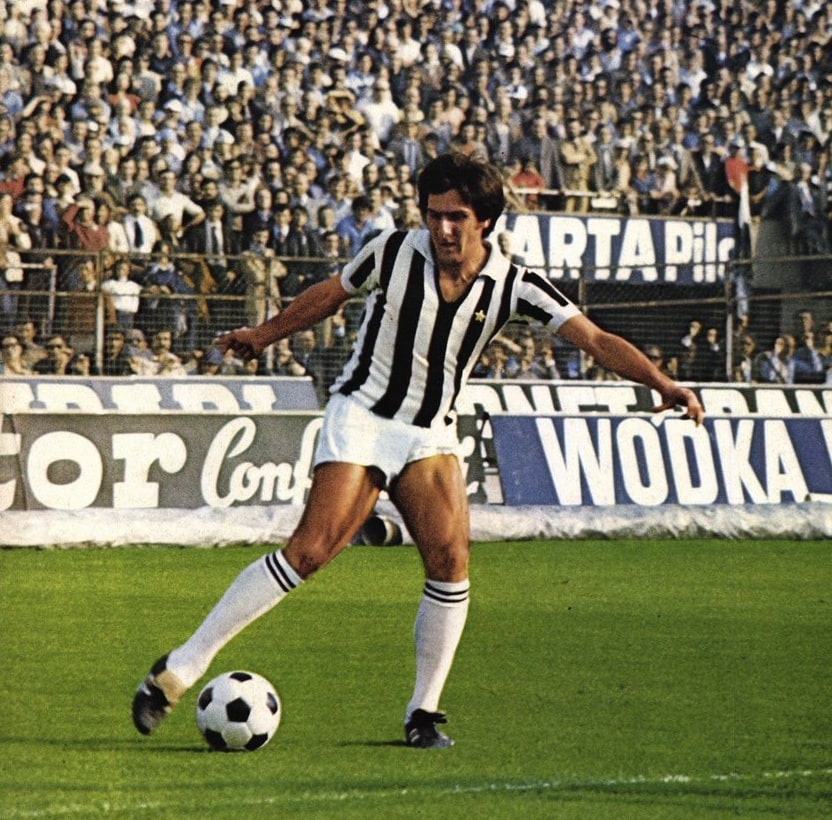

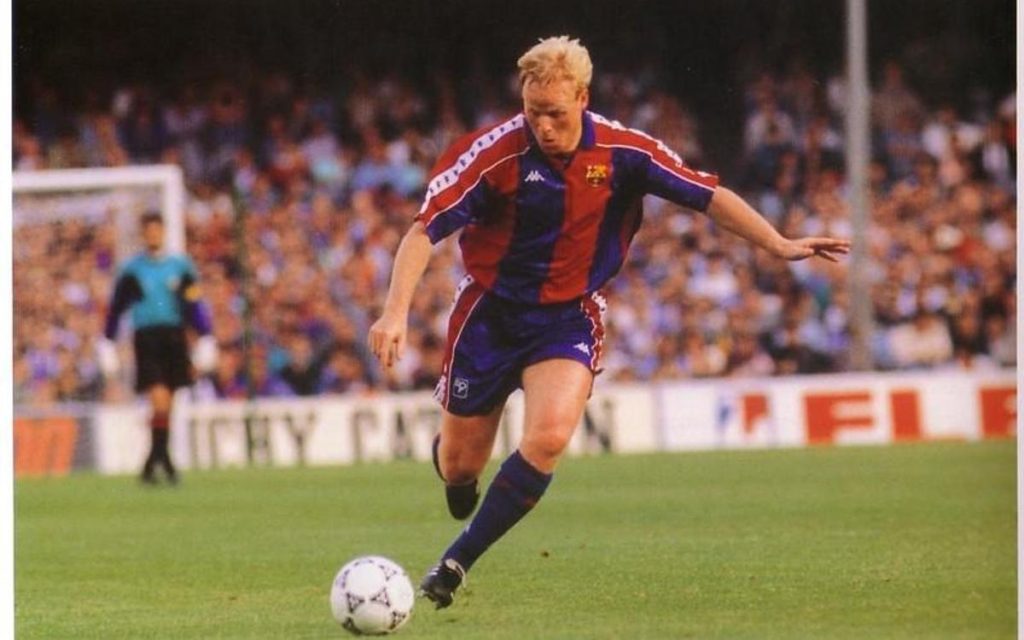
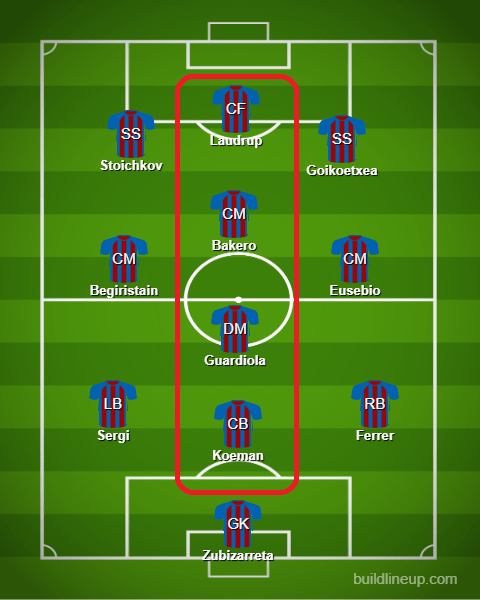
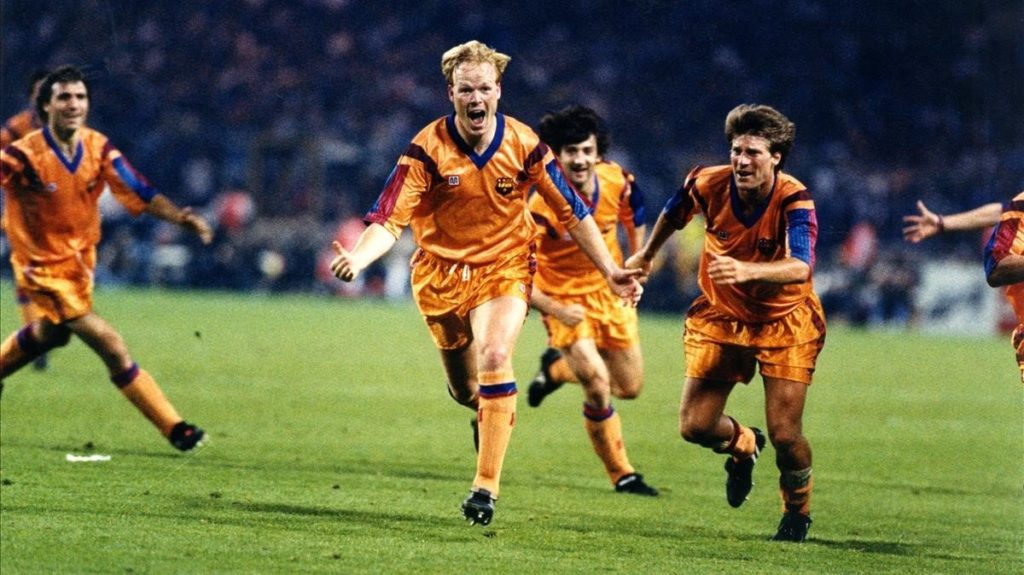



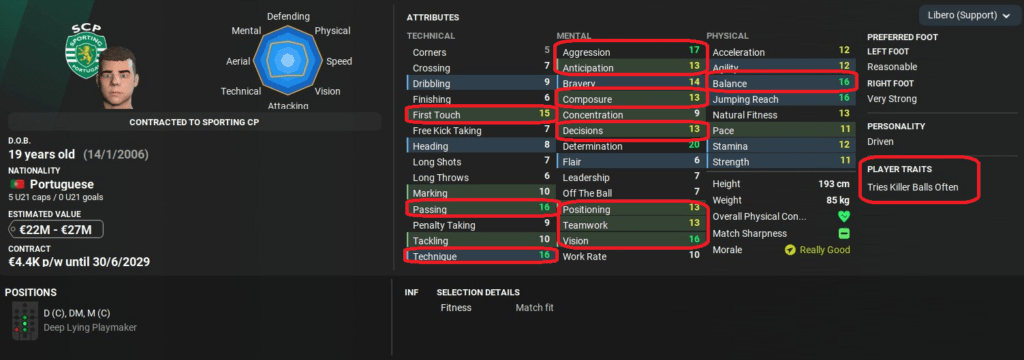
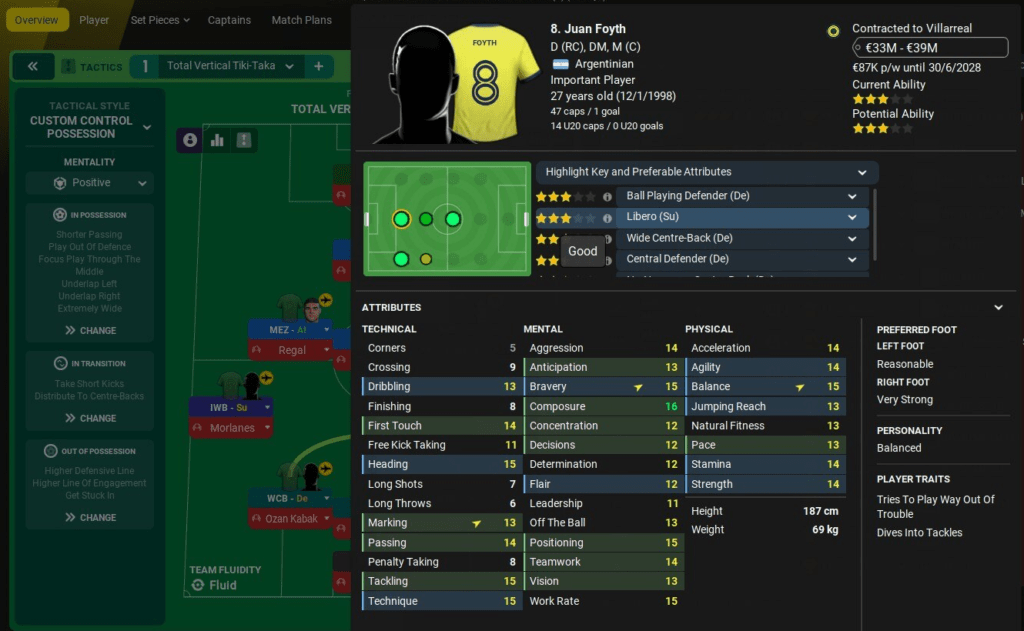
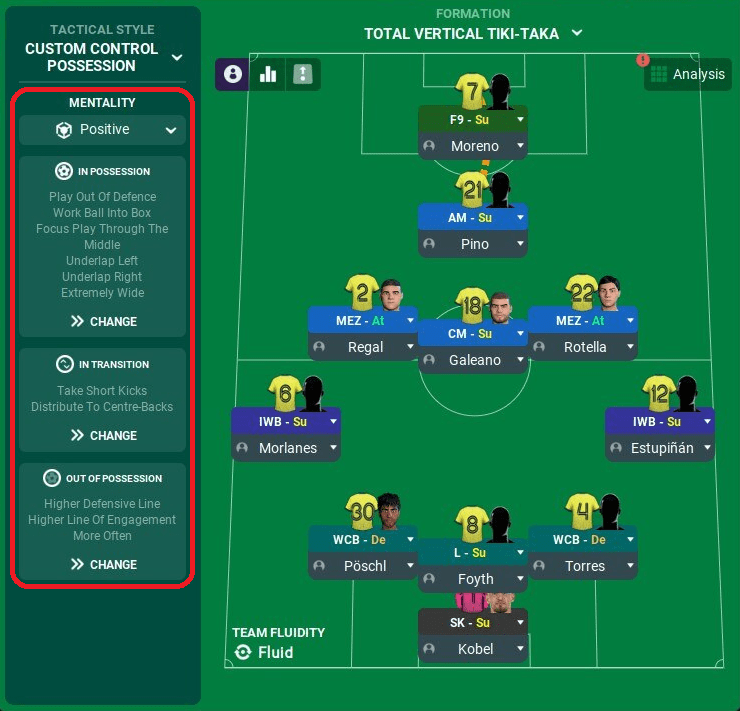
One thought on “Total Football Journeyman: Libero Search and The Tactical Creative Spine”